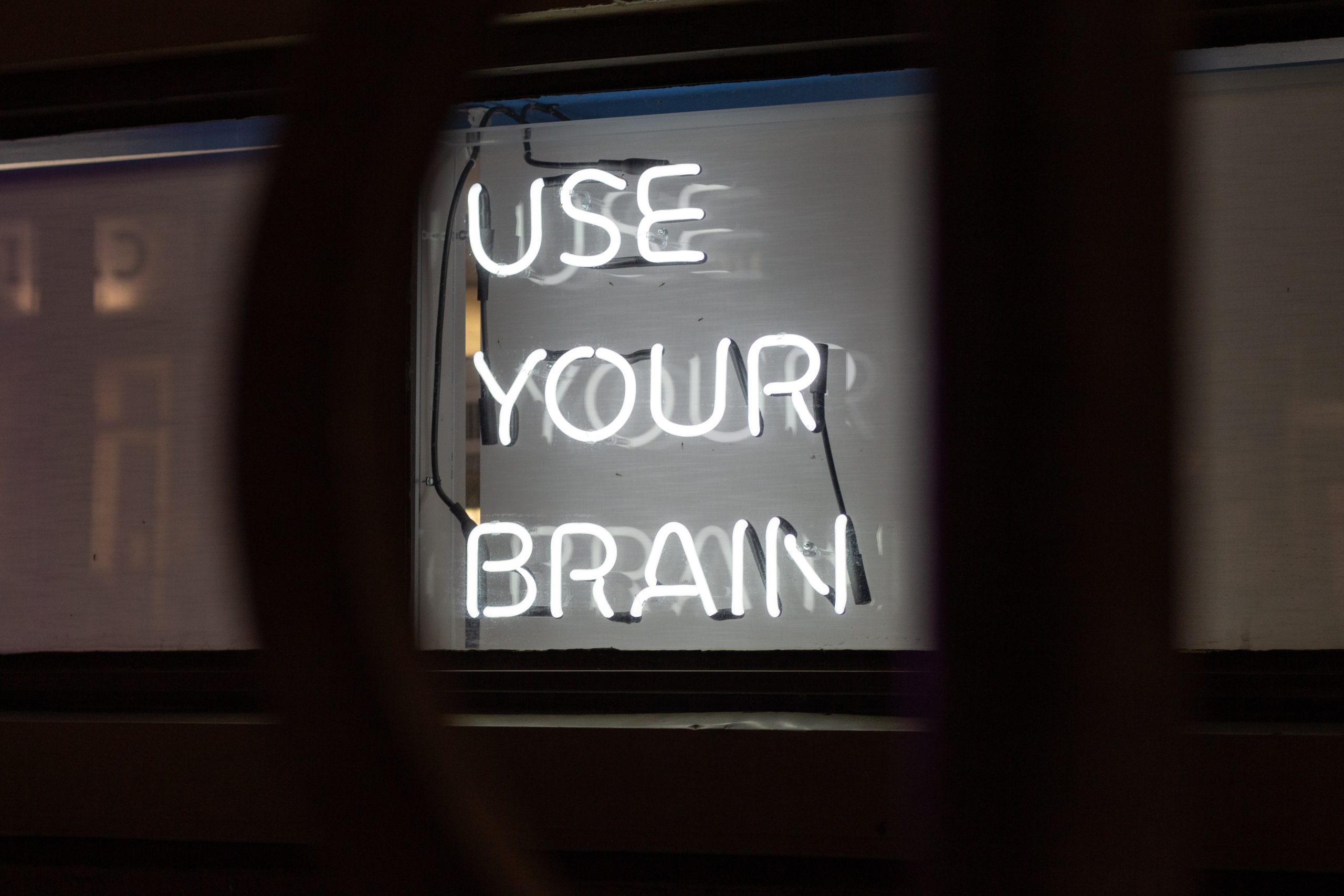white and Asian students.
While white students make up 78.8 percent of the population in a Newark school district, they only make up 60.7 percent of the referrals to law enforcement. The others are supplemented by African-Americans, who make up just 4.2 percent of the district but 19.3 percent of the referrals, and Hispanics who are 7.8 percent of the population and 14.7 percent of the referrals.
Drug abuse can be decreased, along with dropout rates, if fair and equal standards are practiced both in school districts and in our laws, the report suggests.
Summary
Article Name
Study explores inequalities in public schools’ substance abuse polici
Description
Research from a student at Allegheny College explored the inequalities of public schools’ substance abuse policies to see how they affect both drug abuse and graduation rates. Studying four different communities and school districts, Wyatt Boyler examined how the demographic, socioeconomic status, and crime rate influenced a school district’s school policy.
Author
Cesar Gamboa
Publisher Name
Addiction Now















